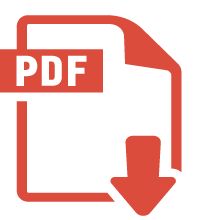Unlike demo programs which are somehow useless beyond their training goals, app programs can eventually be used for production purposes in case customer programs generates data files the formats of which are compliant with input file specifications. Four such programs are provided in the downloadable windows package:
- A program named fpdfform which produces a PDF from a raw form. This program is handy when one wishes to design a form and see how its visual will look, regardless of any data considerations.
- A program named fpdflpag which takes a csv file as input and which transforms it into a PDF file where each line leads to one page. Depending on parameter, labels may appear in forms or may be retrieved from the first line of the input CSV file assumed to contain column headers.
- A program named fpdflrow which is somehow similar to the previous one: it takes a csv file as input and transforms it into a PDF file where each lines leads to one row in the frame of an overall table. Again, depending on external parameters, columns headers may appear in forms or may be retrieved from the first line of the input CSV file assumed to contain column headers.
- A program named txt2pdf which captures fields from a regular text file and display them thanks to a sophisticated configuration file which specifies each and every field, say line and column number, length, anchor ID, etc. Actually, input text file is assumed to comply with IBM standards where each new page is signaled by a character ‘1’ in the first column.
For all these programs, users are invited to read the appropriate documentation found in the package.
